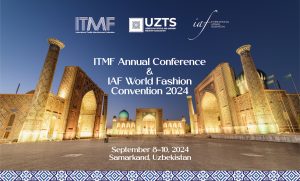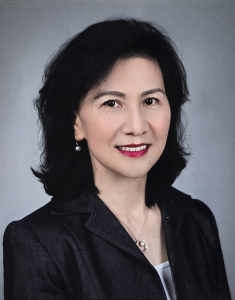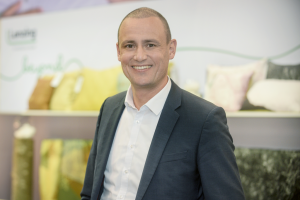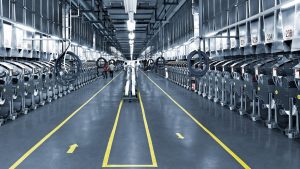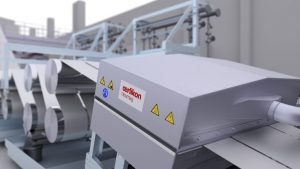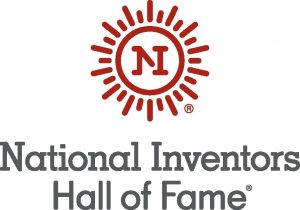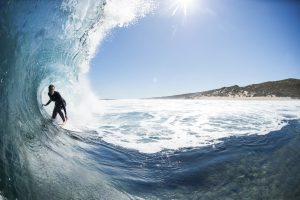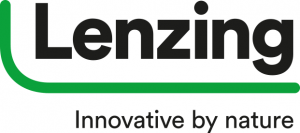 LENZING, Austria — June 28, 2024 — The Supervisory Board of Lenzing Group, a leading supplier of regenerated cellulose fibers for the textile and nonwovens industries, has appointed Rohit Aggarwal as a new member of the Management Board of Lenzing Group. He will assume responsibility for the fiber division during the third quarter. After the departure of Stephan Sielaff, Aggarwal will take over the position of CEO of Lenzing Group.
LENZING, Austria — June 28, 2024 — The Supervisory Board of Lenzing Group, a leading supplier of regenerated cellulose fibers for the textile and nonwovens industries, has appointed Rohit Aggarwal as a new member of the Management Board of Lenzing Group. He will assume responsibility for the fiber division during the third quarter. After the departure of Stephan Sielaff, Aggarwal will take over the position of CEO of Lenzing Group.

Rohit Aggarwal is a strategic business economist and global leader in the industry with several decades of experience in leading positions in the textile and chemical industry. He has a sound understanding of the strategic development of international markets and the establishment of efficient management teams through global management positions in Europe, the USA and Asia. Thanks to his experience in the global textile and fiber market, he is well versed with Lenzing’s core business in all its facets, both in terms of content and geography.

Stephan Sielaff, CEO of Lenzing Group, will leave the company at the latest when his contract expires at the end of March 2025 and devote himself to new tasks.
Cord Prinzhorn, Chairman of the Supervisory Board at Lenzing Group: “First and foremost, I would like to thank Stephan Sielaff, who steered the company through an extraordinarily challenging phase, marked by multiple crises, with a steady and tireless hand. With Rohit Aggarwal, we have gained an international leader with profound knowledge of the textile markets, from raw materials to the processing of environmentally friendly fibers. On behalf of the entire Supervisory Board, I am pleased that we have successfully appointed Rohit Aggarwal as a member of the Managing Board for the fiber division, and subsequently as Chief Executive Officer of the Lenzing Group.”
Stephan Sielaff: “The last, very eventful years have been characterized by incredible energy and change at Lenzing. These massive efforts and the resulting developments are just beginning to pay back. I am convinced that they have laid the foundation for an outstanding future for Lenzing. It fills me with pride and gratitude to have played my part in a fantastic company with great employees.”
“I am very much looking forward to the new role and the opportunity to strengthen Lenzing as a leading player in the sustainable fiber industry in the coming years. Building on the strong foundation already in place, it is my privilege to be working alongside the team at Lenzing to further expand the business and grow its iconic brands to their full potential,” says Rohit Aggarwal, Member of the Management Board and designated CEO of the Lenzing Group.
Posted: June 30, 2024
Source: The Lenzing Group


